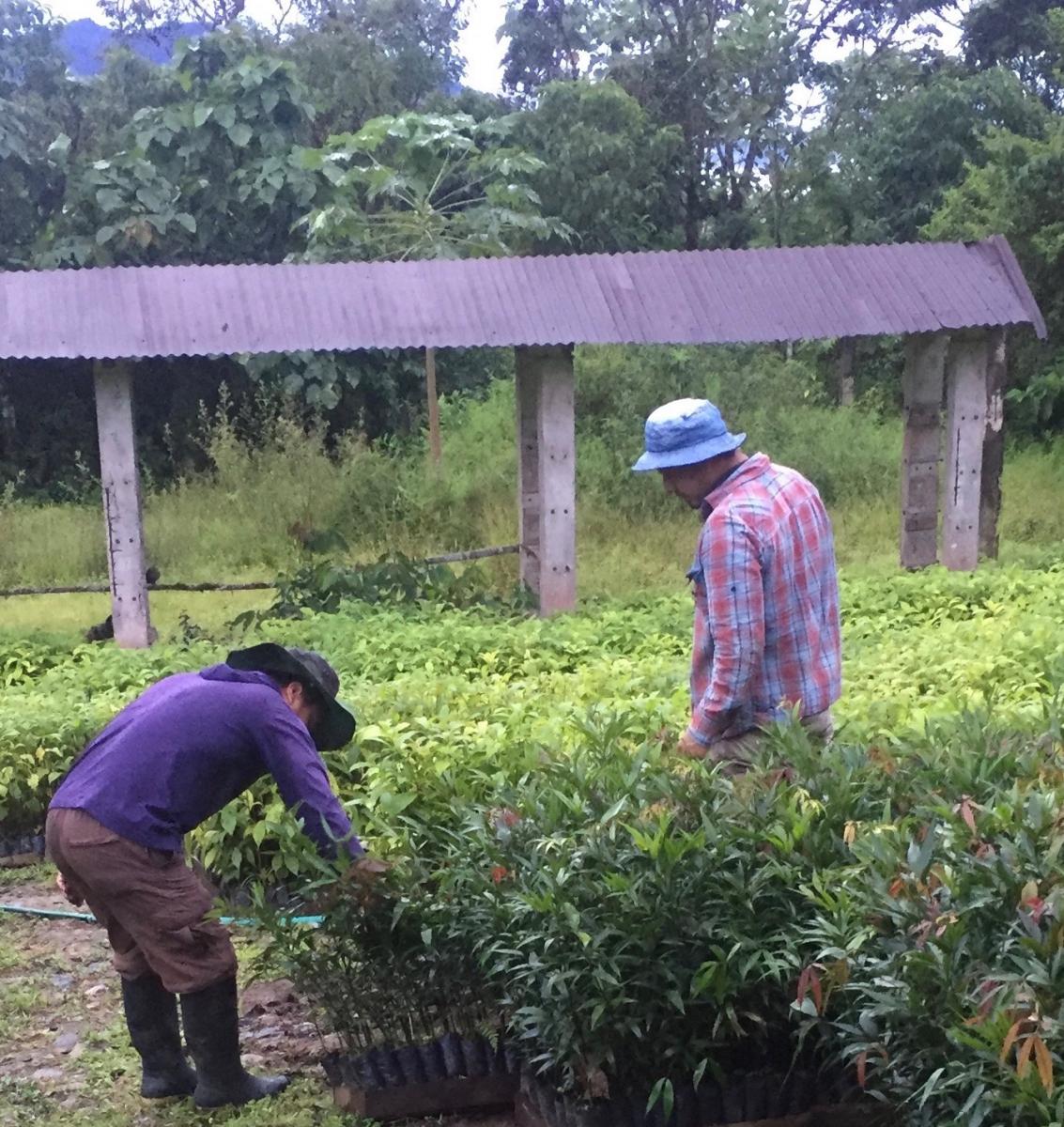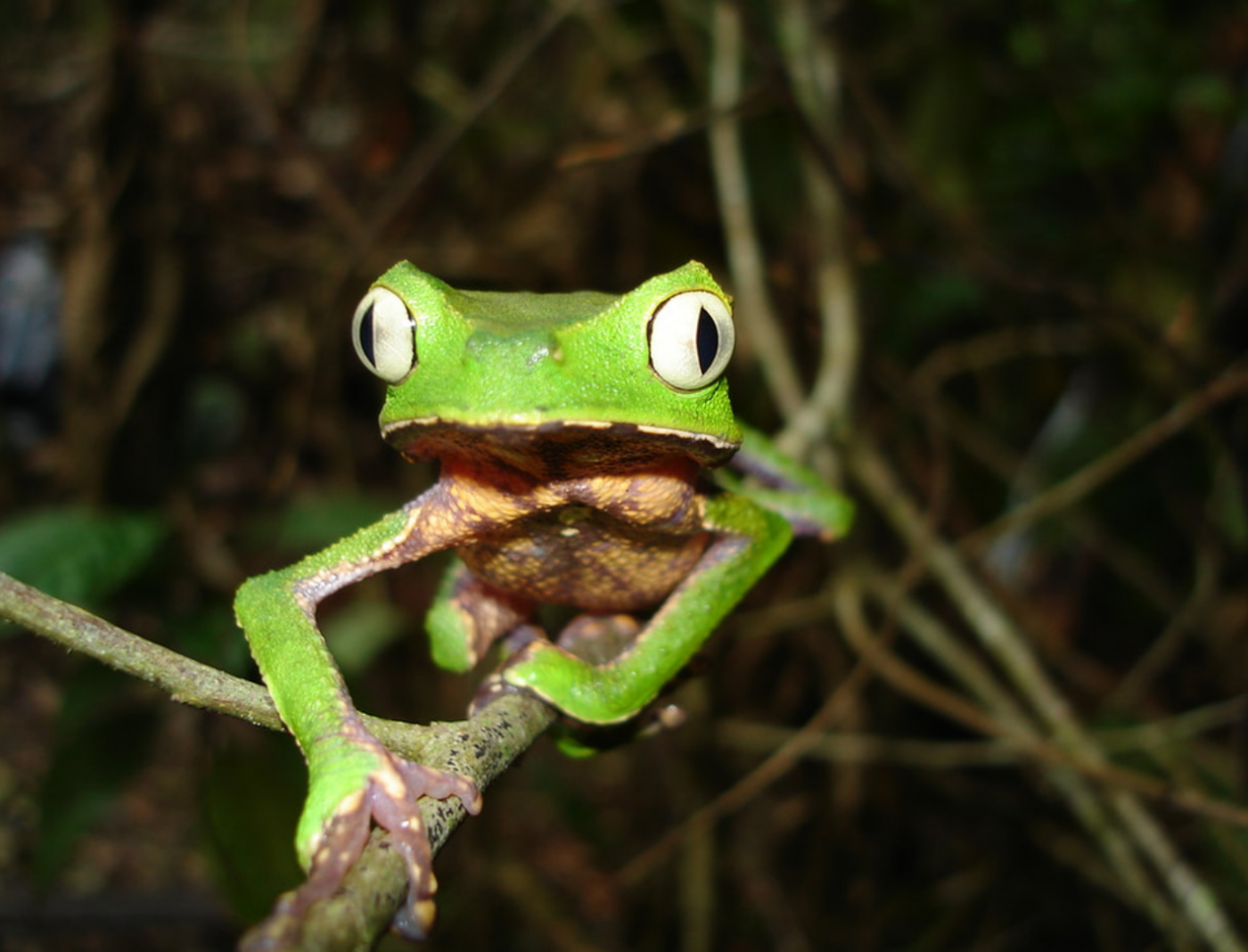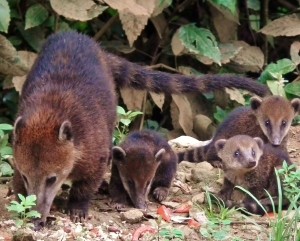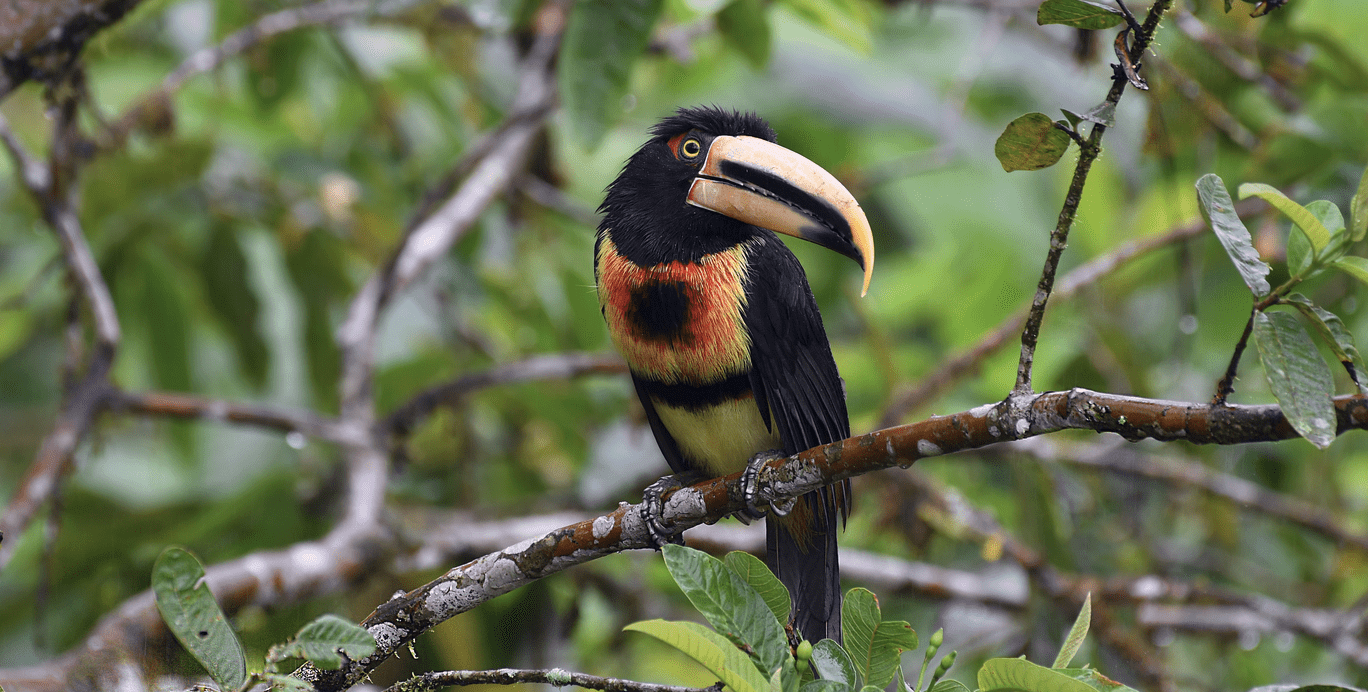Restoring Andean Watershed
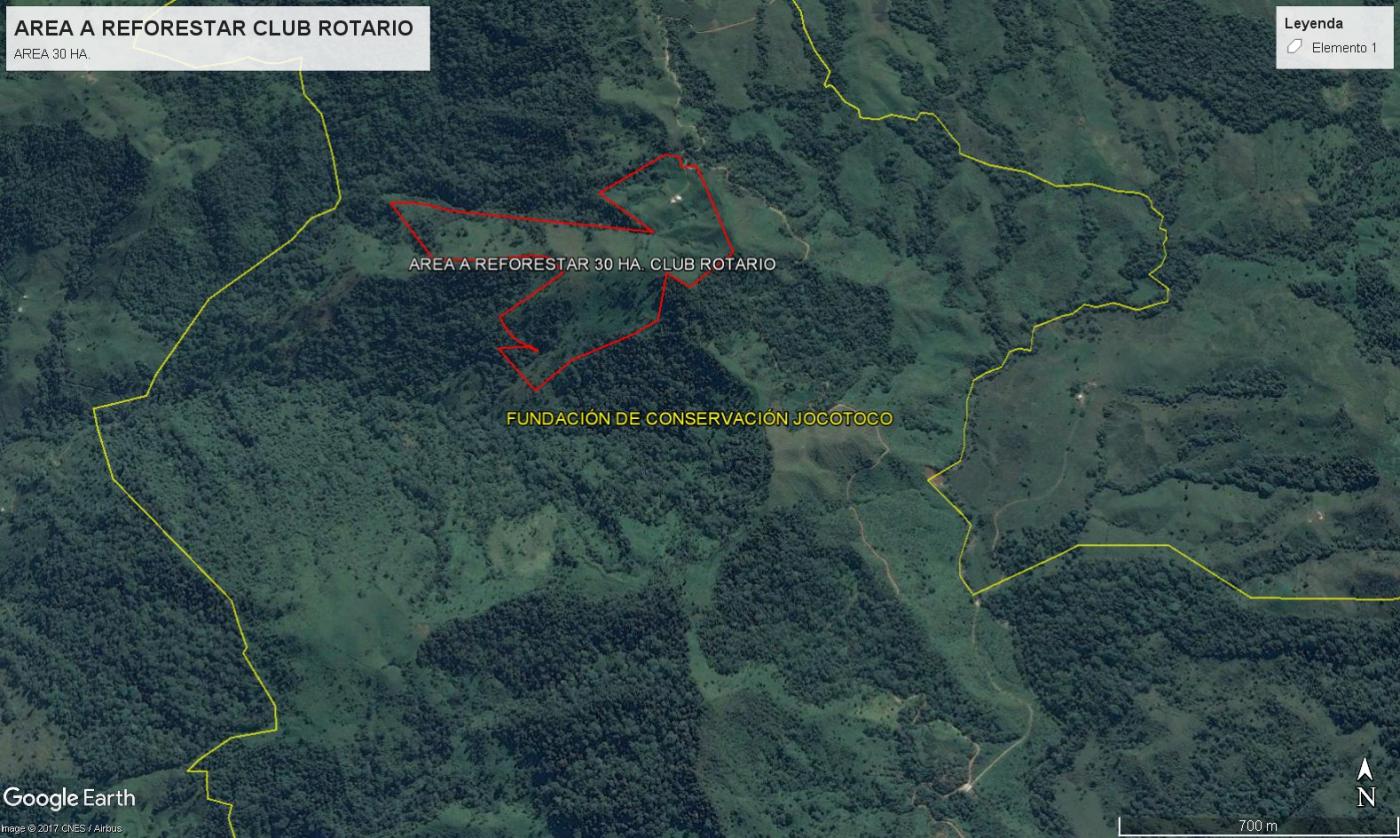
Restoring Andean Watershed
Location/Club: Machala Moderno Rotary Club, Chicago
Keywords: Tree planting, Water, Sustainable economies, Biodiversity, Ecosystems, Forests – preventing deforestation
Website Link : Website.
Description
Rotarians in Ecuador are planting trees while planting new awareness of how to restore a ravaged watershed in the foothills of the Andes. They’ve united both through a Global Grant project that combines reforestation with teaching residents what they can do to improve the safety and sufficiency of their water supply.
Called “Sustainable Management of the Micro-Watershed of the Naranjos River in the Buenaventura Reserve,” the project was launched by PP Fressia Abad Castro of Machala Moderno Rotary Club.
Fressia, an engineer, organic farmer, and PDG of District 4400, saw an opportunity to join Rotary strengths with the expertise of the Fundación Jocotoco, a local environmental nonprofit which manages a forest preserve in the watershed.
She pitched the project during a 2017 Rotary Project Fair in Ecuador and won over Pedro Cevallos-Candau, an Ecuadoran engineer who is also a PDG (District 6450) and a member of Rotary Club of Chicago (“Rotary One”).
By teaming up, they hope to demonstrate how Rotarians can help reverse decades of environmental degradation resulting from deforestation, thereby improving the lives and livelihood of the communities who depend on the land and the river.
The project concept includes Jocotoco’s planting 30,000 trees of native species on 100 acres of deforested land on the upper watershed of the Naranjos River. Here’s how the Rotarians pitched this reforestation project under the water, sanitation, and hygiene area of focus. The loss of trees contributes to lower rainfall, soil erosion, and sedimentation, with unsustainable farming practices endangering springs and streams in the watershed.
On deforested land, runoff from pig and poultry farms pollutes the river. The water shortage and toxic runoff harm 90,000 people downstream who depend on the Naranjos River for irrigation and drinking water.
Rotary Grants staff urged the host club to ensure that the key stakeholders – from the provincial government to local farmers – understand the changes they need to make in their own practices to improve the water quality and supply.
“We’ve done other watershed management projects, particularly in India,” says Susan Doxtator, the Rotary Regional Grants Officer for Ecuador. “Most of these involve check dams and flood control. This one, based on reforestation, was different. It’s a great idea, but coming up with a solution is complicated.
“We urged the project team to make sure they developed a structure to ensure it worked,” she adds. “Some key questions: what is the watershed management plan in the region? Is there one, and will it dovetail with what the project is trying to achieve? What educational activities can you carry out with the key stakeholders – especially those involved in agriculture and economic development? Is the local government providing any incentives to farmers to keep riverbanks forested, protect springs, and to reduce turbidity and runoff?”
Fressia’s team held extensive consultations with the provincial government, the regional water authority, and community residents. As a result, public officials, Rotarians, and Jocotoco staff are teaming up to provide eight community workshops for stakeholders including farmers, developers, and residents of the communities within the watershed. Topics include water quality for irrigation and human consumption, water management for agricultural development, soil conservation, and treating wastewater from pig farming.
A top environmental official of the provincial government and staff of Fundación Jocotoco have committed to work with the Machala Moderno Rotarians to continue the work after the end of the three–year global grant. Jocotoco is providing almost 40% of the project funding.
Asked what advice he’d give to other clubs trying to combine trees with water, “start with a good hydrologic study up front,” says Pedro Cevallos-Candau. “That was the biggest impediment to our getting the project approved.”
The outcomes to be measured are the number of trees and the water quality of the river. The key to success is to look at the Big Picture: going beyond trees to find out how the whole system – land, water, and humans – can better interact to build a sustainable future.
